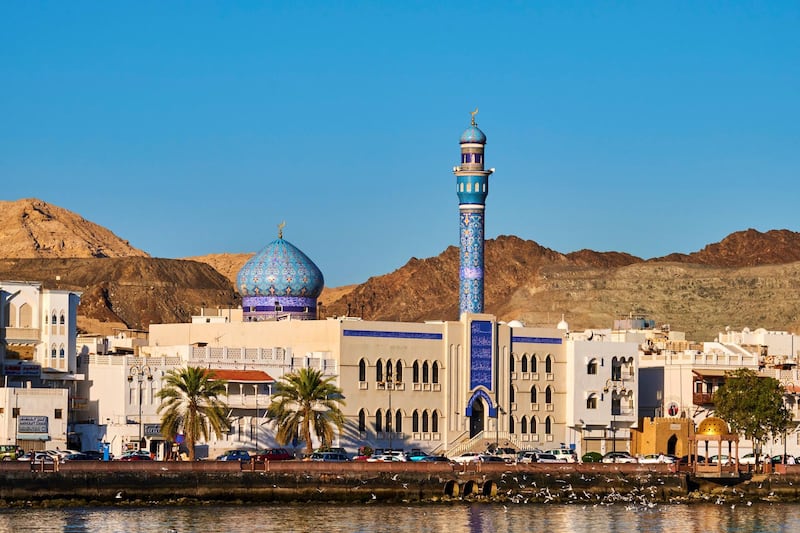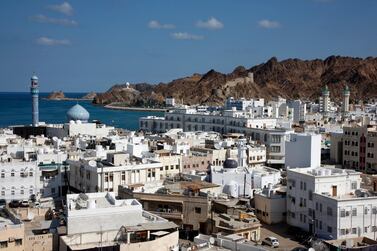Oman, one of the smallest economies in the Gulf Cooperation Council, faces economic risks due to its continued dependence on oil revenues, even though its government balance sheet is robust, S&P Global Ratings said on Monday.
“Broadly, we see Oman as having a much stronger government balance sheet and external liquidity position than Bahrain [the next smallest GCC economy],” the rating agency said in a statement.
“Yet bond yields and credit default swaps already suggest even higher credit risks in Oman than in Bahrain, and Oman’s economy relies more heavily on the oil sector.”
Oman’s state coffers have been hit hard by the decline in oil prices since 2014, resulting in a steep budget deficit and prompting other agencies such as Fitch to cut its rating to junk over the past two years.
Moody’s in March revised its outlook on Oman to junk with a negative outlook. In a subsequent report in April, Moody’s said Oman could face external vulnerability as wide fiscal deficits will contribute to wide current account deficits, increasing Oman’s dependence on steady inflows of external financing.
Oman has projected a budget deficit of 9 per cent of gross domestic product – 2.8 billion Omani riyals (around $7.3bn) – for 2019.
S&P’s statement on Monday compared its outlook for Oman to that of Bahrain. Oman’s economy, ataround $80bn, is double the size of Bahrain’s, however Oman has a much bigger population of 4.7 million compared to 1.5 million in Bahrain. The sultanate therefore has larger infrastructure and social spending needs that weigh on the sovereign’s overall creditworthiness.
On the flipside, said S&P, Oman would receive support from other GCC countries “in the event of financial stress”, providing additional support to the rating.







